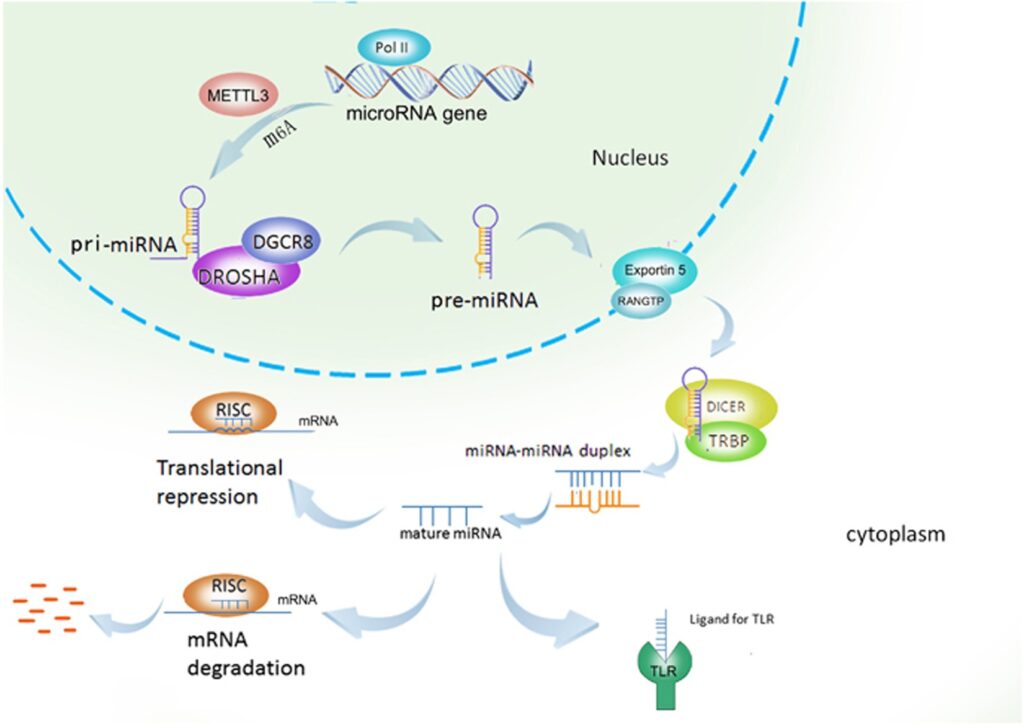
Cancer detection has long relied on invasive biopsies, imaging techniques, and protein-based biomarkers. However, recent advancements in molecular biology have paved the way for more precise, less invasive diagnostic methods. A groundbreaking study has identified a cluster of microRNAs (miRNAs) as reliable biomarkers for malignant testicular germ cell tumors—the most common solid tumors in young men.
The Role of MicroRNAs in Cancer Detection
MicroRNAs (miRNAs) are small, non-coding RNA molecules that regulate gene expression. In cancer research, specific miRNA signatures have been linked to tumor development, progression, and response to treatment. Unlike traditional protein-based biomarkers, miRNAs are highly stable in bodily fluids, making them ideal candidates for liquid biopsies—minimally invasive tests that analyze cancer-related molecules in blood, urine, or saliva.

Breakthrough in Testicular Cancer Detection
miRNA 371–373 as a Biomarker
A recent study has identified the miRNA 371–373 cluster as a highly specific biomarker for testicular germ cell tumors (TGCTs). TGCTs account for over 90% of testicular cancers, predominantly affecting men aged 15 to 40.
The research found that miRNA 371–373 is:
- Highly specific to testicular cancer, meaning it is rarely expressed in other conditions.
- Easily detectable in blood samples, reducing the need for invasive biopsies.
- More reliable than traditional tumor markers like alpha-fetoprotein (AFP) and human chorionic gonadotropin (hCG), which are only elevated in certain TGCT subtypes.
Urinary Exosomal mRNAs: A New Frontier
Another promising avenue in cancer diagnostics is the use of urinary exosomal mRNAs as biomarkers. Exosomes—tiny extracellular vesicles—carry molecular signatures of their parent cells, including RNA molecules. Researchers are now exploring how exosomal mRNA analysis in urine samples could provide a non-invasive method for detecting testicular and other cancers.
Advancing Toward Liquid Biopsies
The discovery of miRNA 371–373 as a TGCT biomarker marks a significant step toward liquid biopsies for cancer detection. Unlike traditional biopsies, which require surgical tissue extraction, liquid biopsies offer several advantages:
- Minimally invasive (requires only blood or urine samples).
- Early detection potential, improving treatment outcomes.
- Real-time monitoring of tumor progression and response to therapy.
Future Implications
While miRNA-based diagnostics are still in the early stages, ongoing research aims to expand their application to other cancers. The combination of miRNA profiling and exosomal mRNA analysis could revolutionize oncology, offering patients faster, more accurate, and less invasive cancer diagnostics.
With further validation and clinical trials, miRNA-based liquid biopsies could become the gold standard for testicular cancer detection, ultimately improving survival rates and quality of life for patients worldwide.



